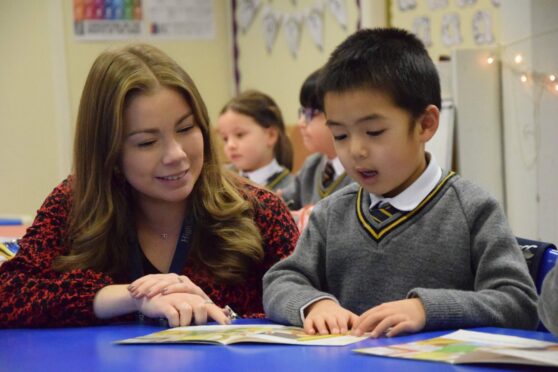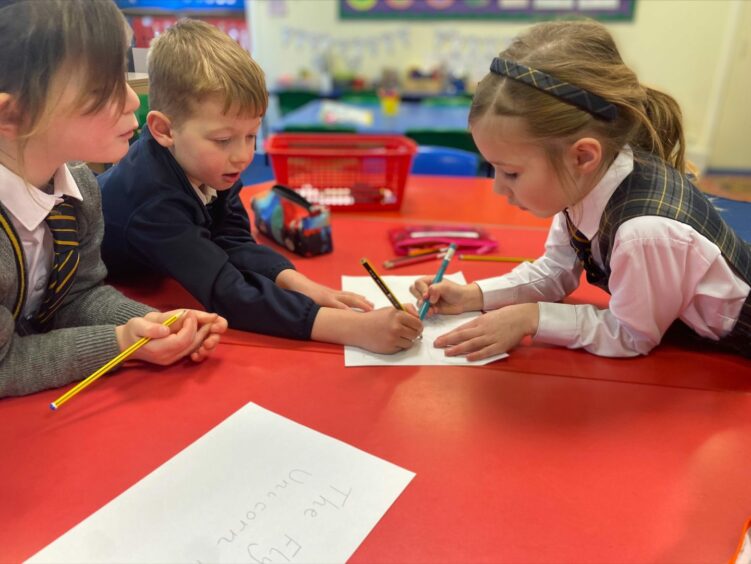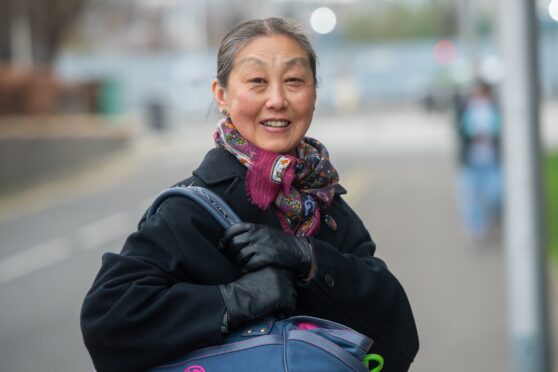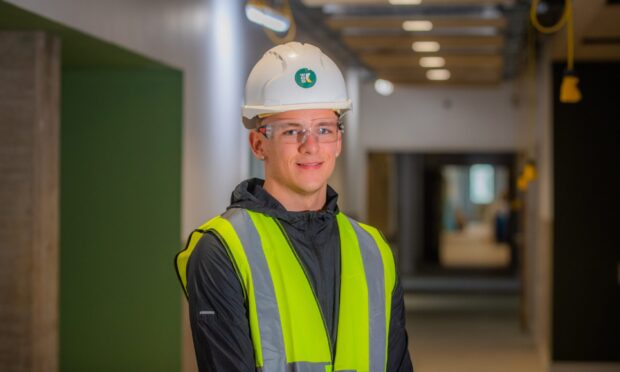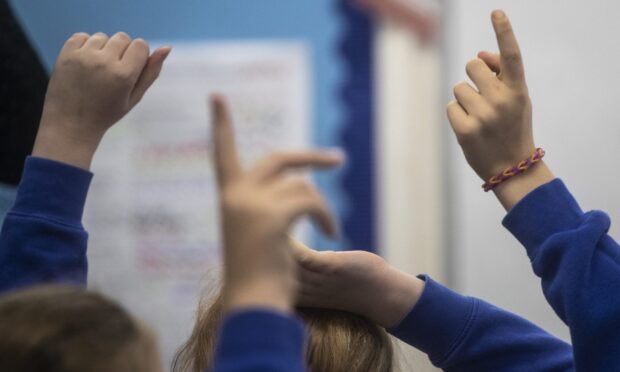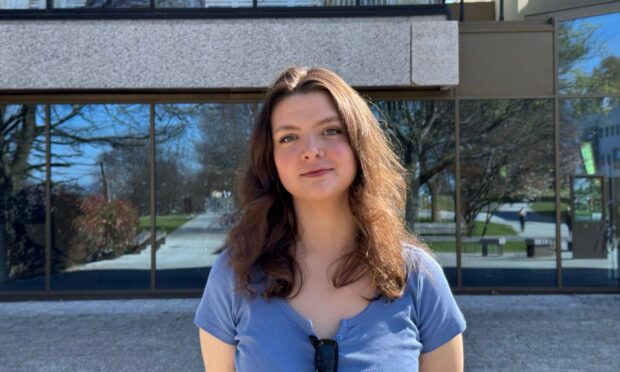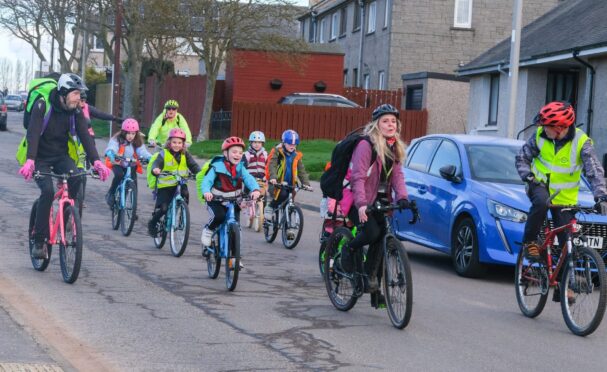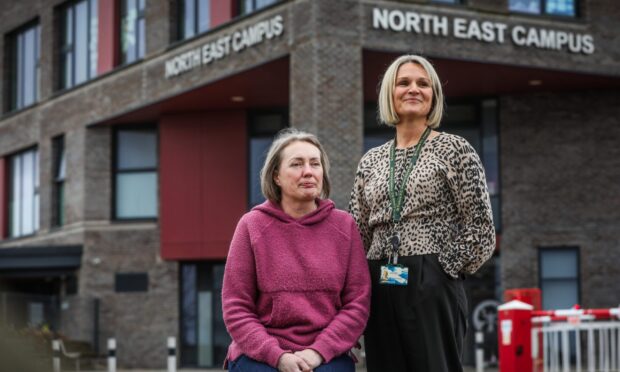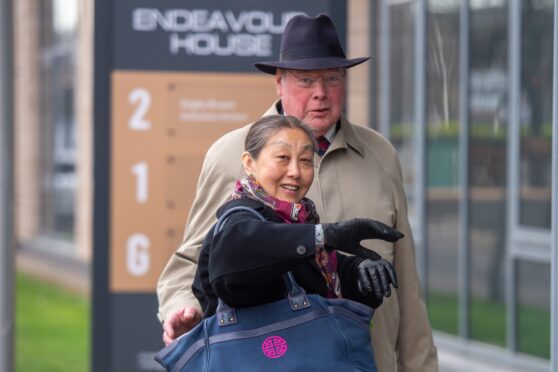For children and parents, navigating that crucial transition from nursery to P1 can be challenging. Find out how the High School of Dundee paves the way for your child.
-
Some Courier online content is funded by outside parties. The revenue from this helps to sustain our independent news gathering. You will always know if you are reading paid-for material as it will be clearly labelled as “Partnership” on the site and on social media channels,
This can take two different forms.
“Presented by”
This means the content has been paid for and produced by the named advertiser.
“In partnership with”
This means the content has been paid for and approved by the named advertiser but written and edited by our own commercial content team.
Moving from nursery to primary 1 is a big step for children. A new environment, new people and new routines can overwhelm young children, making them feel anxious about going to school. Parents will naturally be concerned about whether their child will be able to adapt to these changes and thrive in school.
High School of Dundee (HSD) has come up with a unique solution to help guide children, and even their parents, through this crucial phase.
HSD paves the way for a smooth P1 transition
HSD has created the role of early years transition practitioner to make sure that the P1 transition from nursery goes as smoothly as possible.
Claire Proudfoot, deputy head of Junior Years says: “We have a transition practitioner who joins us in the P1 classroom from August until December. She helps our pupils to settle into school life, making sure they are happy and feel comfortable in their new environment.”
There are also days set aside to gradually introduce incoming pupils to the school and prevent them from feeling the initial shock of being among fresh faces in unfamiliar surroundings. “We have Transition Days where the children (and parents) who will be joining us, come to visit school. We reach out to all our feeder nurseries, sometimes as far as Perth or St Andrews. A teacher from the P1 team visits your child in their nursery in the summer term. This is an exciting opportunity to talk about coming to school,” adds Claire.
4 more ways your child gets the best possible start at HSD:
1. Small class sizes
At HSD, there are only 20 pupils at most in each primary 1 and 2 class. Claire explains: “Small class sizes give our teachers time to get to know their children and forge a bond. Building a strong relationship with every pupil is very important. Small class sizes ensure pupils receive individual attention from their teacher and this is makes learning easier.” In this way, children get all the attention they need to learn the basics: to read, write and understand numbers.
2. Fun and engaging ways to learn
They say “all work and no play makes Jack a dull boy.” That’s why HSD offers a varied and fun curriculum to help pupils find engaging ways to learn. Alongside the pupils’ home-room teacher (who is experienced in the Early Years) there is specialist teaching in music and PE, as well as weekly visits to the library and the computing suite. “Our ethos is to reach out to all learners; no one child learns in the same way as another,” says Claire.
3. A focus on wellbeing
The High School of Dundee is a caring and secure environment where pupils are encouraged and valued. Alongside academic progress, there is a focus on developing confidence and social skills.
Claire said, “There’s a soft start in the morning – pupils play with the toys or games and music is playing in the background. Pupils come into school, unpack bags and play for a short while. This is an important opportunity to catch up with friends before the start of the day.
“Children enjoy routine and by the time they’ve been here for a week or two, they know what’s happening each day and that’s very important.’
‘We’re keen to nurture their character and their personality and there are a variety of different clubs on offer – something for everyone. At the High School of Dundee, there are lots of opportunities outside of the classroom. We want our pupils to become rounded young people, well prepared for the exciting challenges that lie ahead.”
4. Available support for those who require it
HSD makes sure there’s ample support within the school for anyone who needs it. There are pupil support assistants to help teachers deliver the curriculum; they also assist young pupils at this key stage in their education. There are specialist Learning Support teachers too. Before and after school care is also available to children and parents without the need for a booking. Claire says: “There’s a partnership between the teacher, the pupil and the parent; we’re all working together to achieve the same goals.”
A warm welcome awaits you and your child. Book a tour or taster day at High School of Dundee.
